Applications of Emulsions:
An emulsion is a colloidal sol in which both dispersed phase and dispersion medium are present in a liquid phase. Emulsions find many applications. Some typical applications of emulsions are described below-
- In the metallurgical processes, the concentration of ore by froth flotation process is based upon the treatment of the powdered ore with oil emulsion. The valuable particles of the ore form foam which comes to the surface and is skimmed off.
- In pharmaceuticals and cosmetics, many of the lotions, creams and ointments are emulsions of oil-in-water or water-in-oil type. Several oily drugs are prepared in the form of emulsions to facilitate their absorption in the body.
- Asphalt emulsified in water is used for building roads without the necessity of melting the asphalt.
- Milk which is an important constituent of our diet is an emulsion of liquid fats in water.
- Digestion of fat in the intestine is aided by emulsification. A little of the fat forms a sodium soap with the alkaline solution of the intestine, and this soap emulsifies the rest of the fat. This makes it easier for the digestive enzymes to carry out their functions.
- The disinfectants such as Dettol and Lysol gives emulsions of the oil-in-water type when mixed with water.
- The cleansing action of ordinary soap for washing clothes, crockery etc. is based upon the formation of an oil-in-water emulsion. The cleansing action of soap can be explained keeping in mind that a soap molecule contains a non-polar hydrophobic group and a polar hydrophilic group. The dirt is held on the surface of clothes by the oil or grease which is present there. Since oil or grease is not soluble in water, therefore, the dirt particles cannot be removed by simply washing the cloth with water. When soap is applied, the non-polar alkyl group dissolves in oil droplets while the polar- COO–Na+ groups remain dissolved in water. In this way, each oil droplet is surrounded by a negative charge. These negatively charged oil droplets cannot coalesce and a stable emulsion is formed. These oil droplets (containing dirt particles) can be washed away with water along with dirt particles.

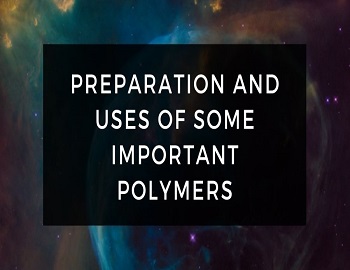
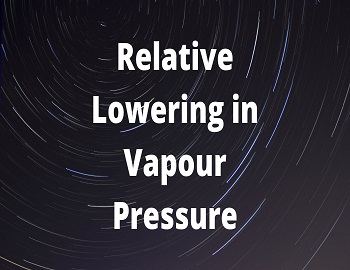

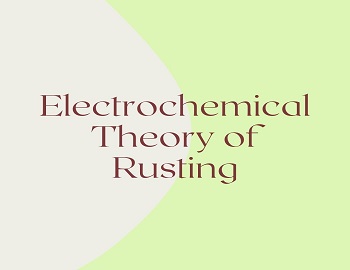
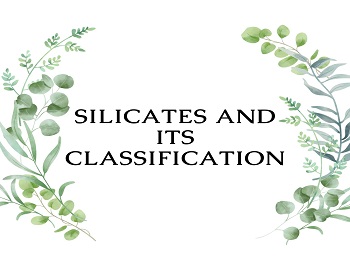
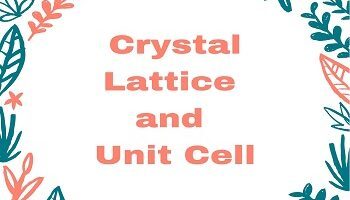


Comments (No)